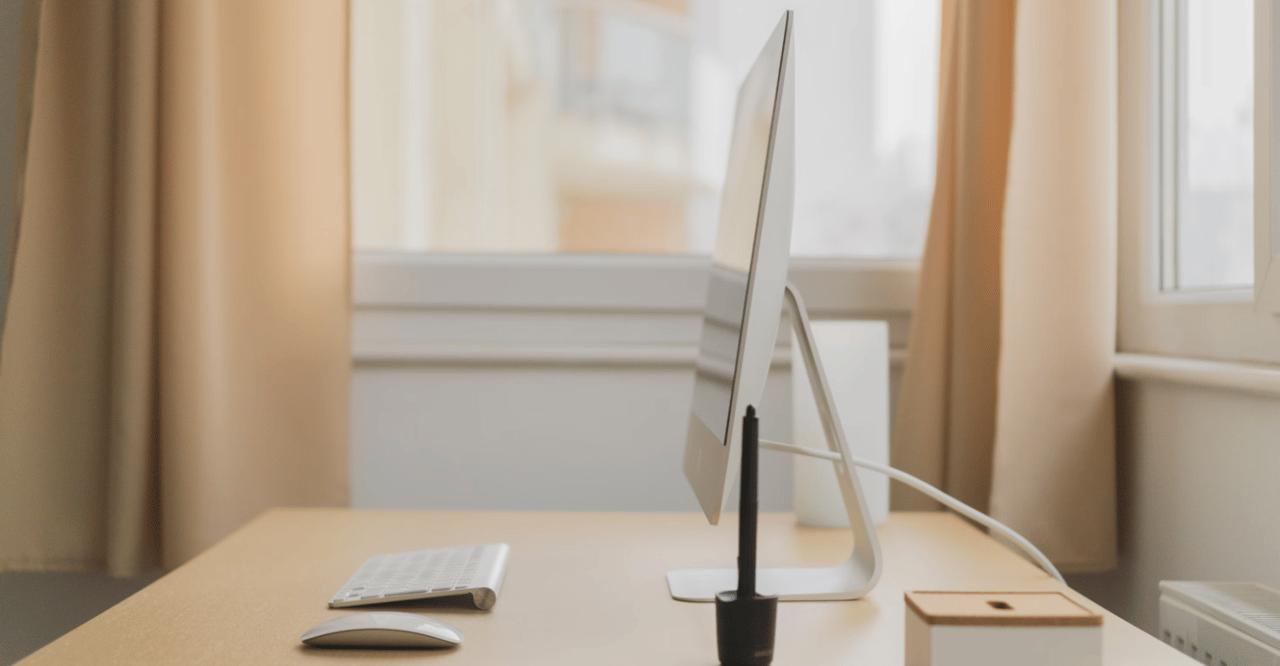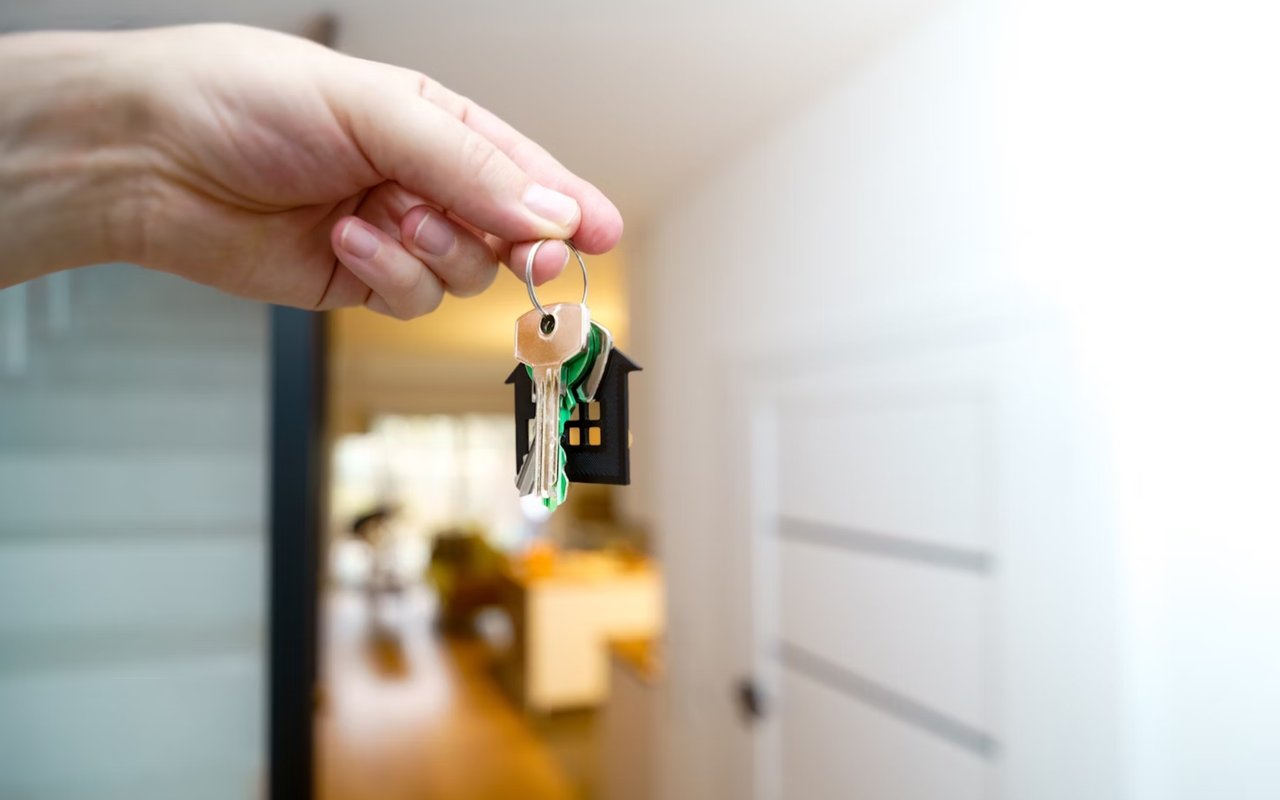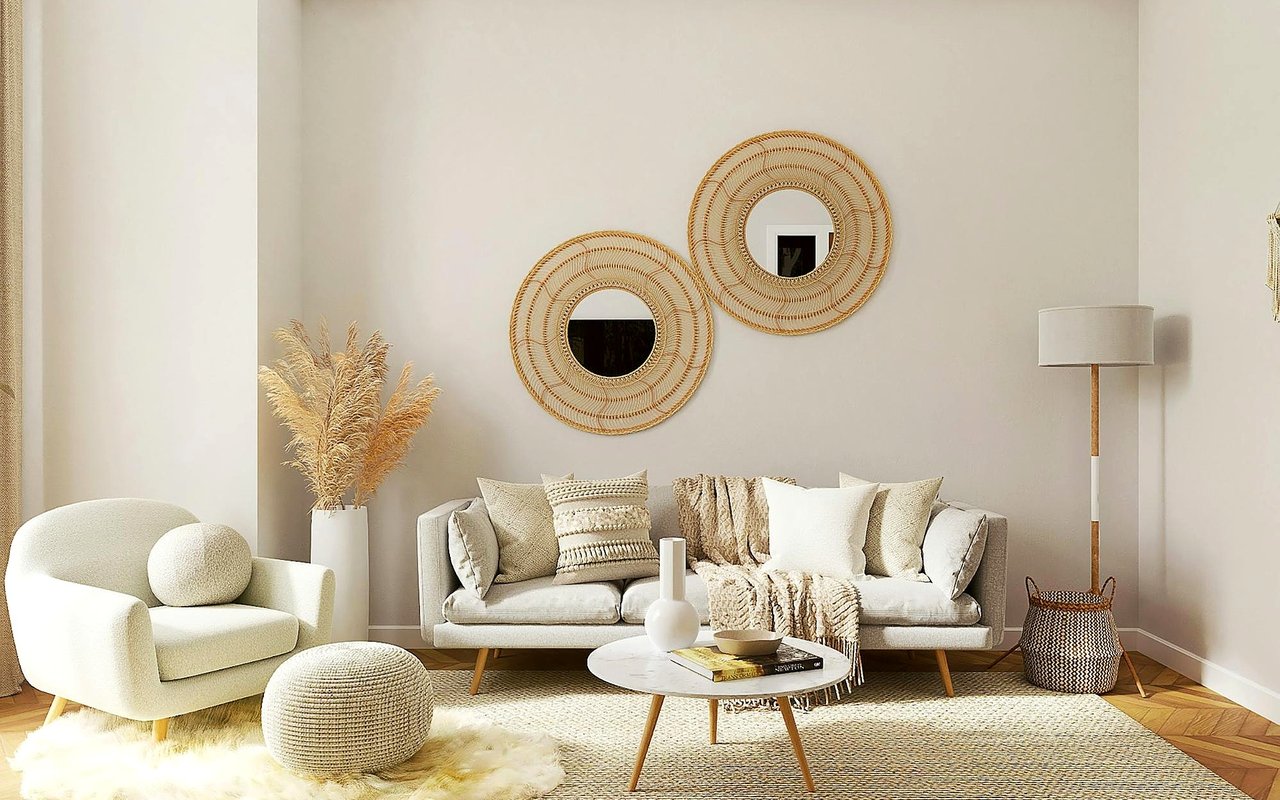With more people working from home than ever before, creating a productive and comfortable home office is essential. Whether you're setting up a dedicated space or transforming a corner of your living room, it’s crucial to focus on design elements that support your work style. Here are some practical and inspiring home office design tips that can help you create an efficient, aesthetically pleasing, and functional workspace in your Westport, CT, home.
Start with a Clear Purpose
The first step in designing your home office is to define its purpose. Are you working remotely full-time or using the space for occasional work and personal projects? Understanding how you will use the room will guide your decisions on layout, furniture, and design. For those in Westport, CT, homes, the balance between functionality and aesthetics can be achieved by setting clear boundaries between work and relaxation areas. Consider whether you’ll need extra space for meetings, brainstorming, or personal reflection.
Choose the Right Location
When determining how to arrange a home office, location is key. Ideally, choose a spot that offers quiet and privacy to minimize distractions. Many homeowners in Westport, CT, opt for spare rooms, basements, or even large closets that can be converted into offices. If a dedicated space isn’t available, consider creating a corner office using a stylish room divider to separate your workspace from your living area. Natural light is an important factor to consider for both your productivity and well-being, so try to select a location with plenty of daylight or room for adequate lighting.
Invest in Quality Furniture
The furniture you choose will significantly impact both the comfort and functionality of your office. A sturdy desk and ergonomic chair should be top priorities. Desks come in various styles, from sleek modern designs to more traditional wood finishes, ensuring that you can find something that suits the aesthetic of your Westport, CT, home. An adjustable chair that supports your back will improve your posture and reduce the risk of discomfort during long hours of work. Storage solutions, such as filing cabinets or shelves, can help maintain a tidy and organized environment.
Create a Functional Layout
When deciding how to arrange a home office, consider the layout of your furniture. Aim to create an efficient flow that allows you to work comfortably and access everything you need without disruption. The desk should be the focal point, ideally placed near a window or in a position where you can easily reach your shelves and storage. The layout should also facilitate meetings or calls, so it’s essential to plan for any extra furniture, like additional chairs, for virtual or in-person conferences. Keep the workspace clutter-free to ensure that everything has its place, and invest in organizational items like drawer dividers or trays.
Prioritize Lighting
Proper lighting is essential in any home office. In Westport, CT, where homes may feature large windows and expansive views, take advantage of natural light whenever possible. Position your desk near a window or use reflective surfaces to maximize daylight. When the sun sets, ensure you have appropriate task lighting for your work. Desk lamps with adjustable arms are perfect for providing direct light without straining your eyes. Ceiling lights or recessed lighting can brighten the entire room, while floor lamps can add ambiance during evening hours.
Incorporate Personal Style
Your home office should reflect your personality and style while remaining professional. This is especially important in spaces where you will spend a significant amount of time. Whether your style is minimalist, modern, or cozy, adding personal touches like artwork, plants, or a stylish rug can make the space feel inviting and enjoyable. In Westport, CT, homes, where natural surroundings often inspire design choices, bringing in elements like greenery or coastal accents can help create a serene atmosphere that enhances your focus and well-being.
Keep Technology Organized
Technology is often at the heart of any home office, but managing all the cords, cables, and devices can quickly become overwhelming. One way to address this is by choosing furniture with built-in cable management solutions. Use cable organizers or clips to keep cords tidy and out of sight. If you rely on multiple monitors or other equipment, create a layout that allows you to comfortably access everything without overcrowding your desk. This will not only help reduce clutter but also contribute to a more visually appealing and functional workspace.
Maximize Storage
A home office should be organized in a way that allows for efficient storage. The goal is to create a clutter-free environment that fosters creativity and focus. Consider built-in shelves or floating units that keep your work essentials organized while adding a sense of openness to the room. If space is limited, opt for multi-functional furniture, such as a desk with drawers or a filing cabinet that doubles as a printer stand. Use vertical space for shelving to keep important items within easy reach, but off your desk.
Ensure Comfort and Ergonomics
Working long hours at a desk can take a toll on your body if the space isn’t designed with ergonomics in mind. Select an ergonomic chair that supports your posture and promotes proper sitting alignment. Your desk should be at the correct height to avoid straining your neck and shoulders. If you prefer standing while working, invest in a height-adjustable standing desk. Even small changes, like an ergonomic keyboard or wrist rest, can make a significant difference in reducing strain and increasing comfort.
Add Touches of Color
Colors have a profound impact on mood and productivity. When designing a home office, choose colors that enhance your focus and creativity. Soft neutrals like beige, gray, or white can create a calm environment, while bolder colors like blue, green, or yellow can stimulate creativity and energy. In Westport, CT, homes, consider using the natural surroundings as inspiration for your color palette. For example, earthy tones like greens and browns can evoke a sense of tranquility, while blues and whites bring a sense of freshness.
Consider Noise Control
In homes located near busy streets or with children and pets, noise can be a significant distraction in a home office. To combat this, consider using noise-canceling headphones or soundproofing elements like thick curtains or rugs. Soft materials absorb sound, creating a quieter and more peaceful working environment. Adding a white noise machine or using ambient sound apps can also help drown out distractions and improve focus.
Make Room for Breaks
Finally, designing a home office isn’t just about creating a place to work—it’s also about ensuring that you have space for breaks. Including a comfortable chair or small sofa in your office for moments of rest can help you recharge during the day. This can also be a great space for reading, brainstorming, or even taking virtual meetings. In Westport, CT, homes where tranquility is often emphasized, a designated break area within your office can contribute to a balanced and productive work routine.
Crafting the Perfect Home Office
Designing the ideal home office in your Westport, CT, home requires a careful balance of functionality, comfort, and style. By prioritizing key elements like furniture, layout, lighting, and organization, you can create a workspace that supports both productivity and creativity. Thoughtfully incorporating personal touches will make your home office not just a functional space, but a place where you can truly thrive.
Ready to Create Your Dream Home Office?
When it comes to finding the perfect real estate or renovating your space,
Jillian Klaff can help. Whether you’re looking for a home that already has the ideal office setup or need assistance with a redesign, Jillian’s expertise will guide you to the right decision. Contact her today to explore real estate options that suit your needs.





